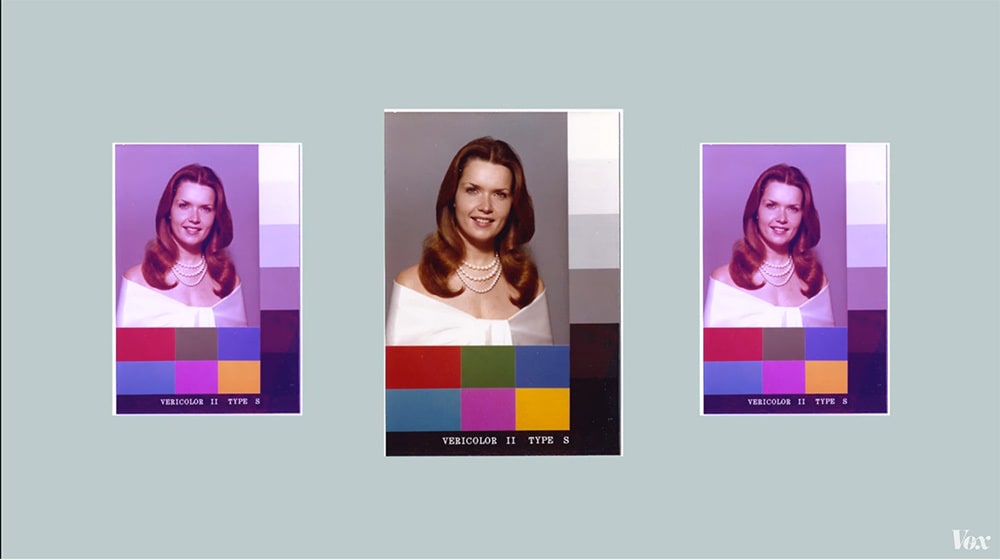Share
Color Film was Built for White People. Can Film Be Racist?
Vox has a fascinating history of color film and how the chemical formulation of film was biased towards highlighting white skin tones. According t...

Vox has a fascinating history of color film and how the chemical formulation of film was biased towards highlighting white skin tones.
According to the piece, Kodak didn’t start to alter their chemistry until furniture and chocolate makers complained that the film didn’t render the difference between light and dark brown tones effectively. In other words, the dynamic range of brown was compressed.
The Internet reacted predictably with accusations of racism and counterclaims of political correctness gone awry.
Lorna Roth of Concordia University wrote a paper in 2009 entitled “Looking at Shirley, the Ultimate Norm: Colour Balance, Image Technologies and Cognitive Equity,” referring to the “Shirley” cards that Kodak used to calibrate skin tones. A few telling quotes from don’t reveal a racial bias, but a definitely a technical bias in the way that color balance was optimized for caucasian skin.
In a conversation with NHK (Japanese national broadcasting service) video engineer Toru Hasegawa in New York City, his first words to me were, “American television is discriminatory because it is biased against Japanese skin tones.” He further informed me that this is kept quite quiet because the Japanese do not want North Americans working in television production in Japan to feel uncomfortable.
And:
According to Jan Kasoff, an NBC colour-television cameraman on the program Saturday Night Live, it is at this point that “a good VCR person will have a colour girl stand in front of the cameras and stay there while the technicians focus on her flesh tones to do their fine adjustments to balance the cameras. This colour girl is always white.
And in an NPR piece, director Jean-Luc Godard “famously refused to use Kodak film to shoot in Mozambique because he declared the film was racist.” Artist Adam Broomberg assembled an exhibit examining racism and color photography and said, “if you exposed film for a white kid, the black kid sitting next to him would be rendered invisible except for the whites of his eyes and teeth.”
In the same way that astronomy cameras like the Canon EOS 60Da are optimized for the deep reds (h-line) that are prevalent in astral light, mid-20th century film was optimized by white engineers in a white office for a white middle class. If you want stars to look good, optimize for it. If you want white people to look good, optimize for it. In the case of Kodak, this initially meant ignoring the skin color of non-whites.
This isn’t evidence of historical racism akin to the housing discrimination policies of the same era. But given what we know about subconscious bias of race, it would be myopic to believe that there were no unintended consequences of two generations of film photography that rendered dark skinned people even darker, or in the words of Broomberg, “invisible.”





